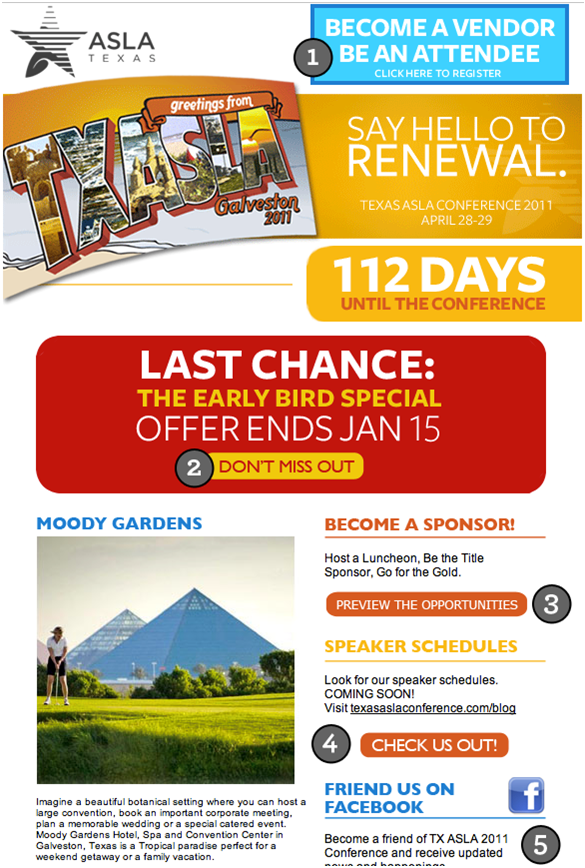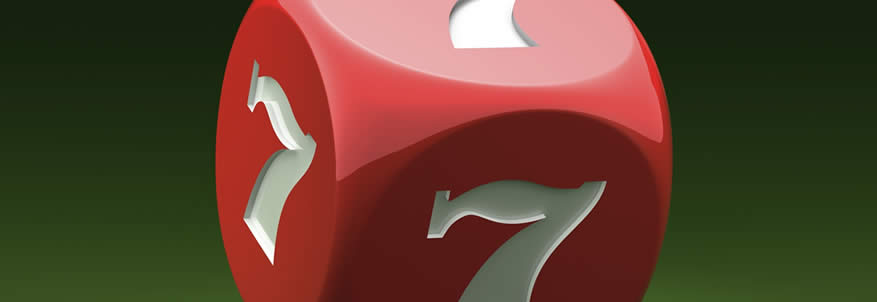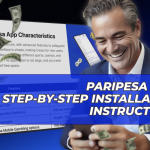Sending out e-mails is a lot more complicated than having your spouse or uncle or secretary (or your uncle’s secretary) write up something cute, slap your logo on it and push “send.” Or rather, it SHOULD be more complicated. If that sounds like your method, you’re wasting your time. And that’s the fact, Jack (or Jackie).
Think about what you’re sending, why you’re sending it and who the heck you’re sending it to.
If it’s not crystal clear to you, then how can your readers “get it”? Here’s an example of a less-than-ideal 2011 email campaign TFG designed – with way too many calls-to-action (stuff we wanted the reader to do). We also attempted to speak to two different audiences: the conference’s attendees and its vendors. As if that wasn’t confusing enough, we also threw in five different hyperlinks (varying in importance):

Shawn’s magnificent 7 tips to keep this from happening to you.
We learned a lot from this failed e-mail effort and want you to benefit from our misfired mish-mash mailing.
Magnificent tip #1
Speak to a single audience. Make sure your copy resonates with their needs and wants. Keep the text brief and to the point. People are busy and won’t slog through a bunch of rambling copy to get to the point – they’ll just click your e-mail closed and keep on truckin’.
Magnificent tip #2
Make the ONE THING you want the reader to do abundantly clear. This is the “call to action” and there’s a damn good reason “call” is singular. Think of it as offering the reader several meandering forks in the road vs. one clearly-labeled path. Don’t ask them to sign up for your cooking seminar AND buy your new book AND send in their favorite recipe. Pick a lane and stay there.
Magnificent tip #3
Keep it simple. Just because you can cram a bunch of different type fonts, buttons, starbursts and doo-dads in your e-mail doesn’t mean you should. Trust me…less is more.
Magnificent tip #4
When in doubt leave it out. Skip the Facebook link (unless that’s really why you’re sending this e-mail in the first place). Otherwise you’re wasting time and money to get your message in front of the folks you want to reach – only to send them packing to waste their time on Facebook. Look. If you aren’t ruthlessly asking yourself what’s truly important, other far-less-than-important inclusions will surely dilute the overall effectiveness of your e-mail campaign.
Magnificent tip #5
Perform split testing. If you aren’t sending out a couple of versions (with carefully-calculated differences to test against each other) you’re leaving dough on the table. Not determining what works/doesn’t work leaves you with fewer opened emails, fewer responses to your call to action and fewer dollars coming in.
Magnificent tip #6
Conduct brutal post-mortems. Carefully study each e-mail campaign’s analytics to identify trends and hiccups. This is how you figure out what went right (and what went wrong). Ask precise “why” and “what if” questions – then apply all you’ve learned to your next e-mail efforts.
Magnificent tip #7
Admit you don’t know everything. Not only is there no shame in realizing you don’t have all the answers, it’s a really smart tactic. Seek help from some of the bona-fide e-mail campaign gurus out there. Sign up for newsletters, read books and attend seminars. Make it a habit to follow e-mail marketing blogs. Then take these informational nuggets and figure out which ones work for your brand. And keep at it, because marketing isn’t done until you’re done.
BONUS: Magnificent tip #8
Finding all this e-mail stuff a bit overwhelming? No problemo! Just give one of TFG’s e-mail whizzes a call and tell ’em: “Shawn says the secret word is ‘Doo-dads!’ ”
And that, my friends, is both a single-minded call to action and a trackable reader request.






